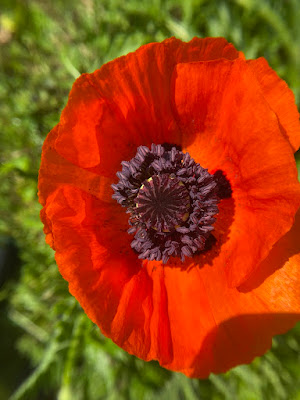Smash, Crash, Topple, Roll!: The Inventive Rube Goldberg―A Life in Comics, Contraptions, and Six Simple Machines
by Catherine Thimmesh; illus. by Shanda McCloskey
60 pages; ages 8-12
Chronicle Books, 2025
Rube Goldberg was born in 1883 – on the brink of technological revolution. During his life he saw inventions and machines that were meant to make life simple. But… (as many of us have discovered with today’s tech) too often those inventions left folks befuddled. The tech was Just Too Complex!
Rube’s response? Draw his own contraptions – crazy, complex machines that went through multiple steps to achieve a simple goal.
Starting with a Table of Contents that is, itself a Rube Goldberg contraption, we get drawn into Rube’s world of cartoon and satire. There's a section on becoming an artist the "Rube Goldberg way" and great sections that describe how each type of machine works. And a wonderful bit about Rube's invention cartoons. Back when he drew them, those crazy contraptions captured the imagination of kids and adults. Even today, more than 100 years later, people are designing and building “Rube Goldberg Machines” and posting videos online. Why? Because it’s fun. These machines do such ordinary things in unexpected ways. Even Honda got in on the action with their 2009 ad that uses car parts in an elaborate machine that rolls out their newest model.
Rube Goldberg machines are, by design, whimsical - like the plant-watering machine. But the science behind them is real. Most are powered by gravity (things rolling, falling, swinging) and some combination of the six basic simple machines: lever, wheel and axle, inclined plane, wedge, screw, and pulley that are introduced on the front endpaper.
Back matter includes a section on How to Build a Rube Goldberg Machine in eight simple steps. My favorite is step 8: embrace Murphy's Law. You know - the one that says if anything can go wrong it will. Something will happen, writes author Catherine Thimmesh. "Something will fall off its track. Count on it." Just be ready to troubleshoot and fix it. There's also a glossary and lists of resources for curious inventors.
Thanks for dropping by today. On Monday we'll be hanging out at Marvelous Middle Grade Monday with other bloggers. It's over at Greg Pattridge's blog, Always in the Middle, so hop over to see what other people are reading. Review copy provided by the publisher.
























